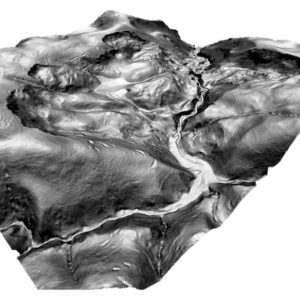Northwater performed a study to identify the most feasible, sustainable and cost-effective sources of water to serve the city of Hinche, which is projected to have a population of 75,000 by 2025. The study included characterizing springs, creeks, rivers and groundwater aquifers throughout the area. The project included an initial mapping and feasibility study, after which a field program was designed and executed to evaluate targeted areas of interest. The field program included electromagnetic geophysics to characterize the feasibility of accessing a deep Paleogene aquifer, and to delineate the boundaries of the Hinquitte alluvial aquifer. Northwater also performed an engineering feasibility study of springs and surface water and evaluated treatment, distribution, storage and cost considerations.
The project successfully identified the most feasible and cost-effective sources of water to serve the city of Hinche. It was recommended to source water from two springs, in addition to the newly defined Hinquitte aquifer. It was determined that the Paleogene aquifer was too deep of a drilling target in the surrounding Hinche area and that other alternatives were more viable.











